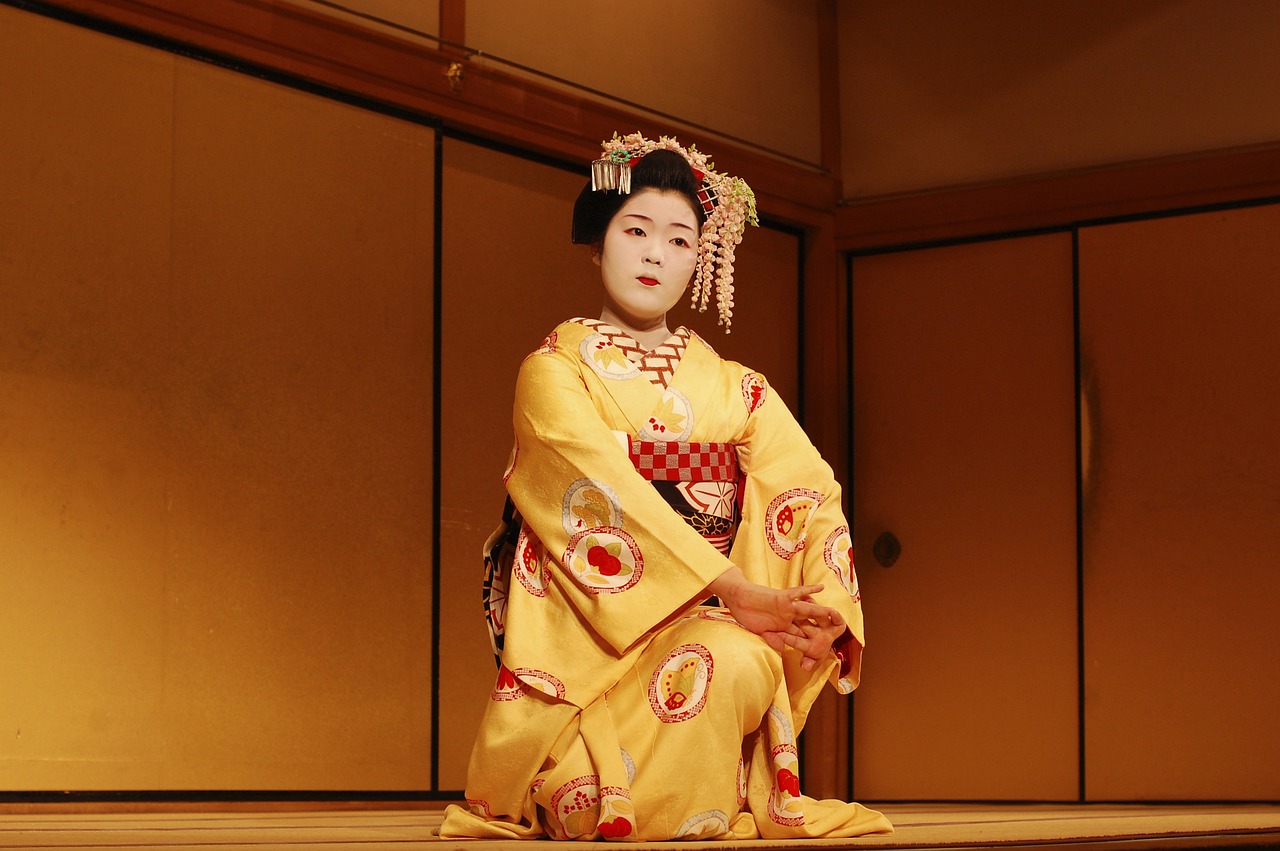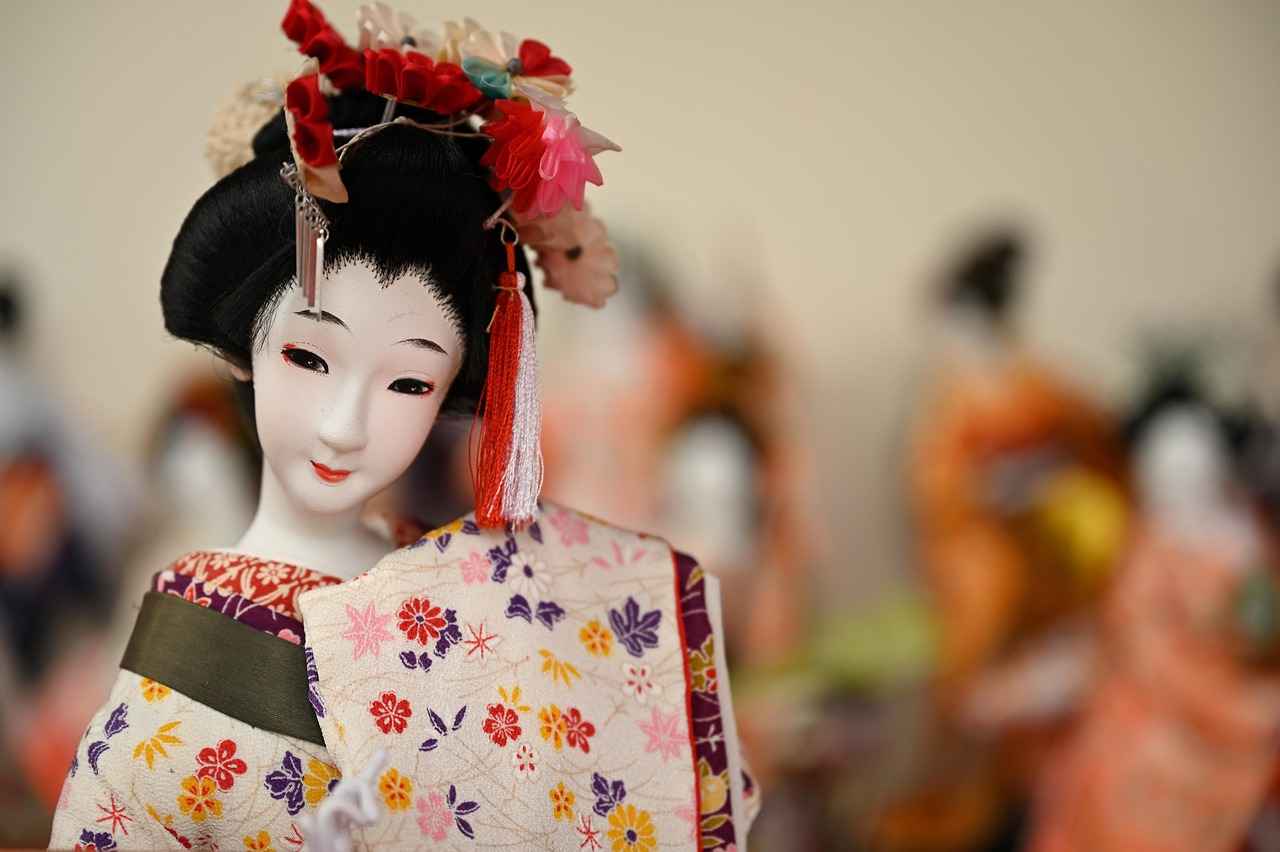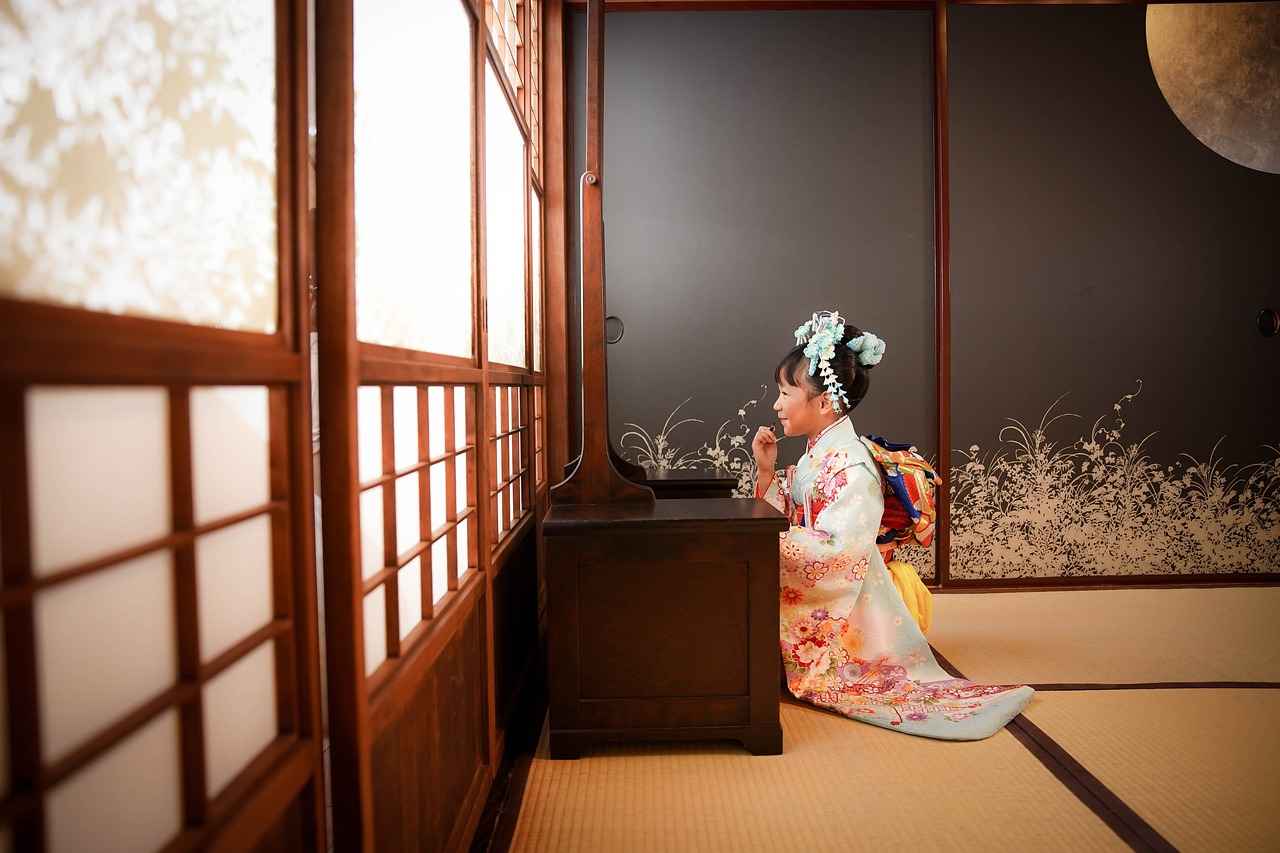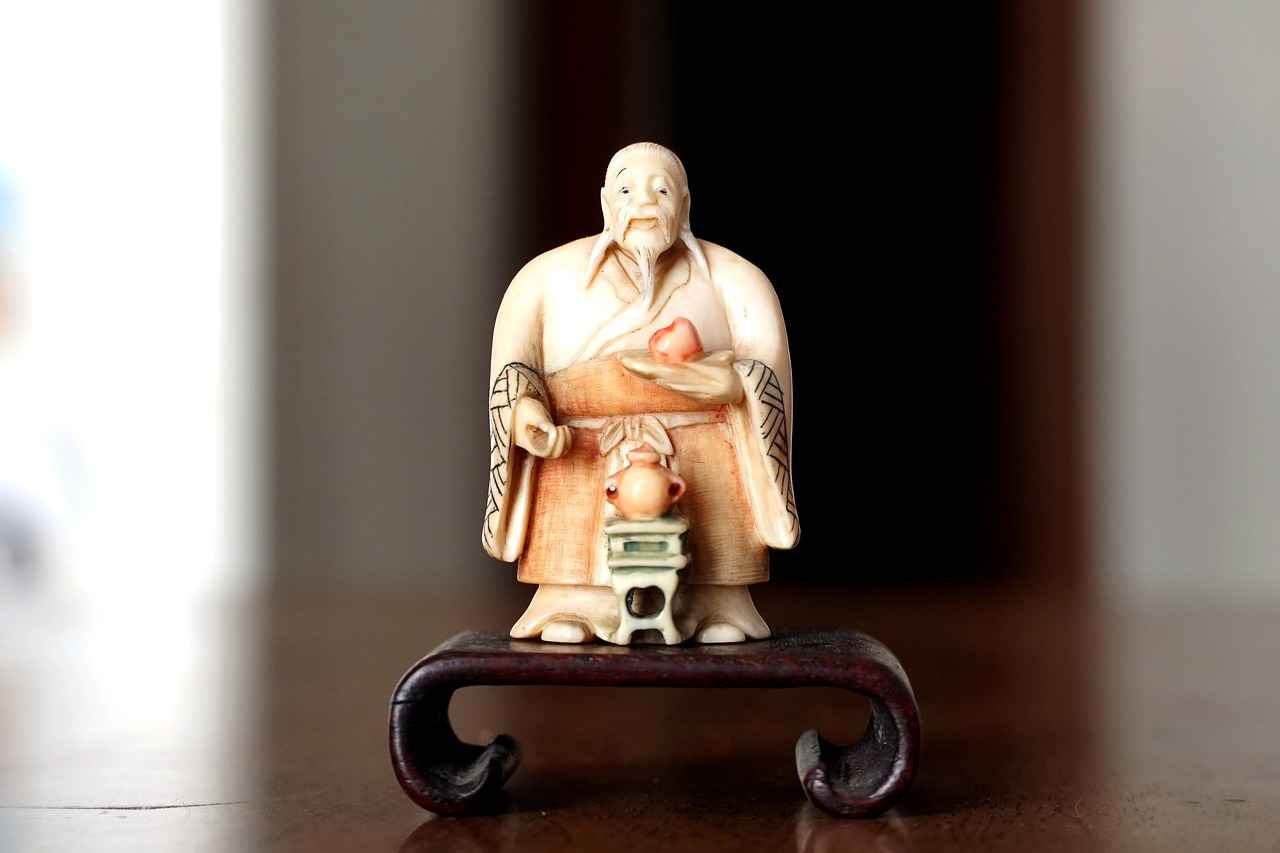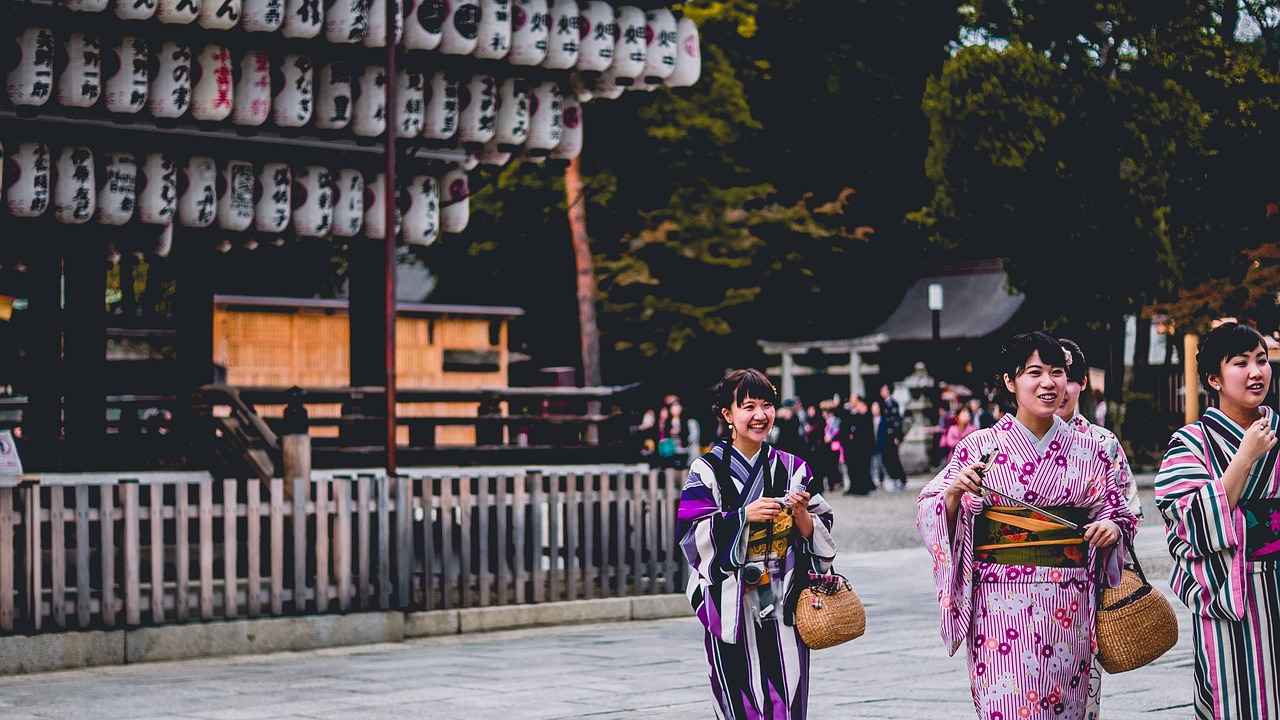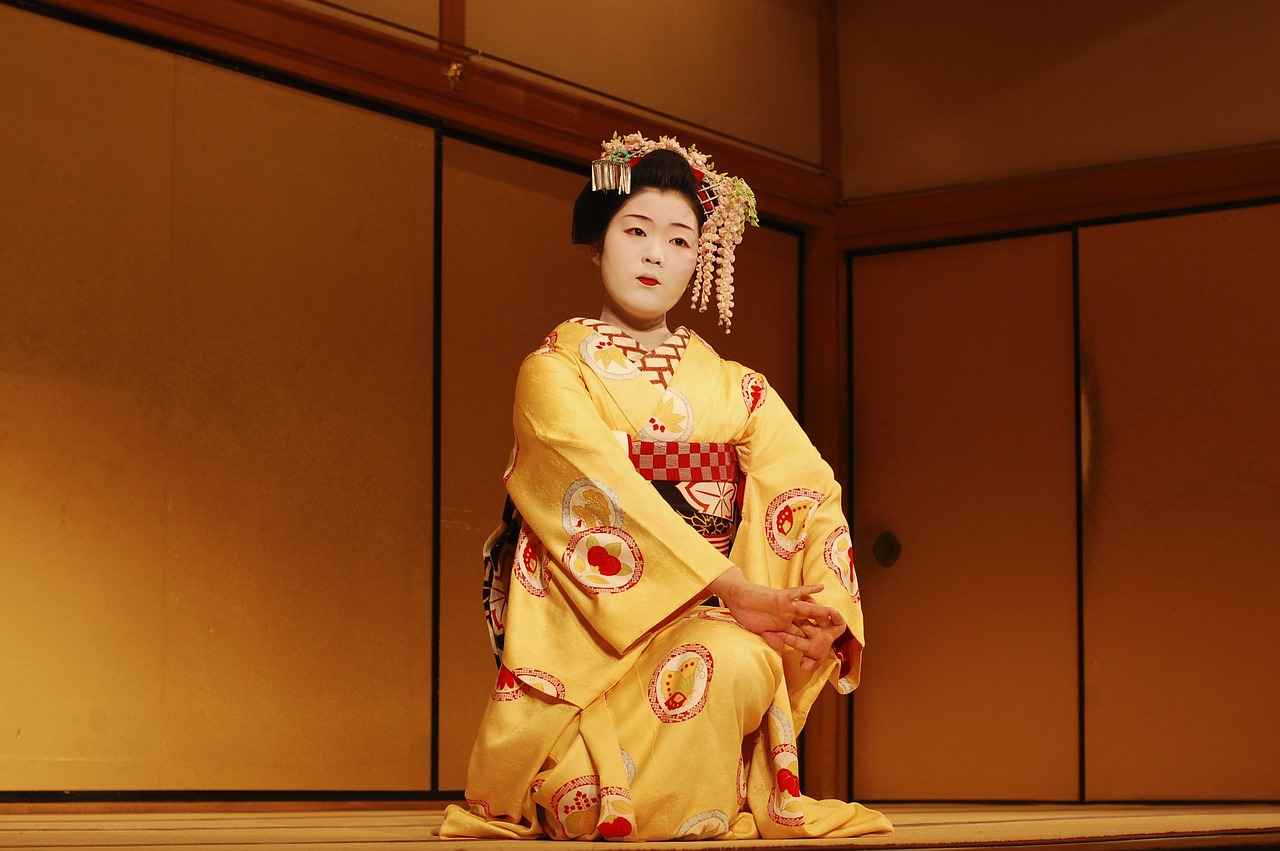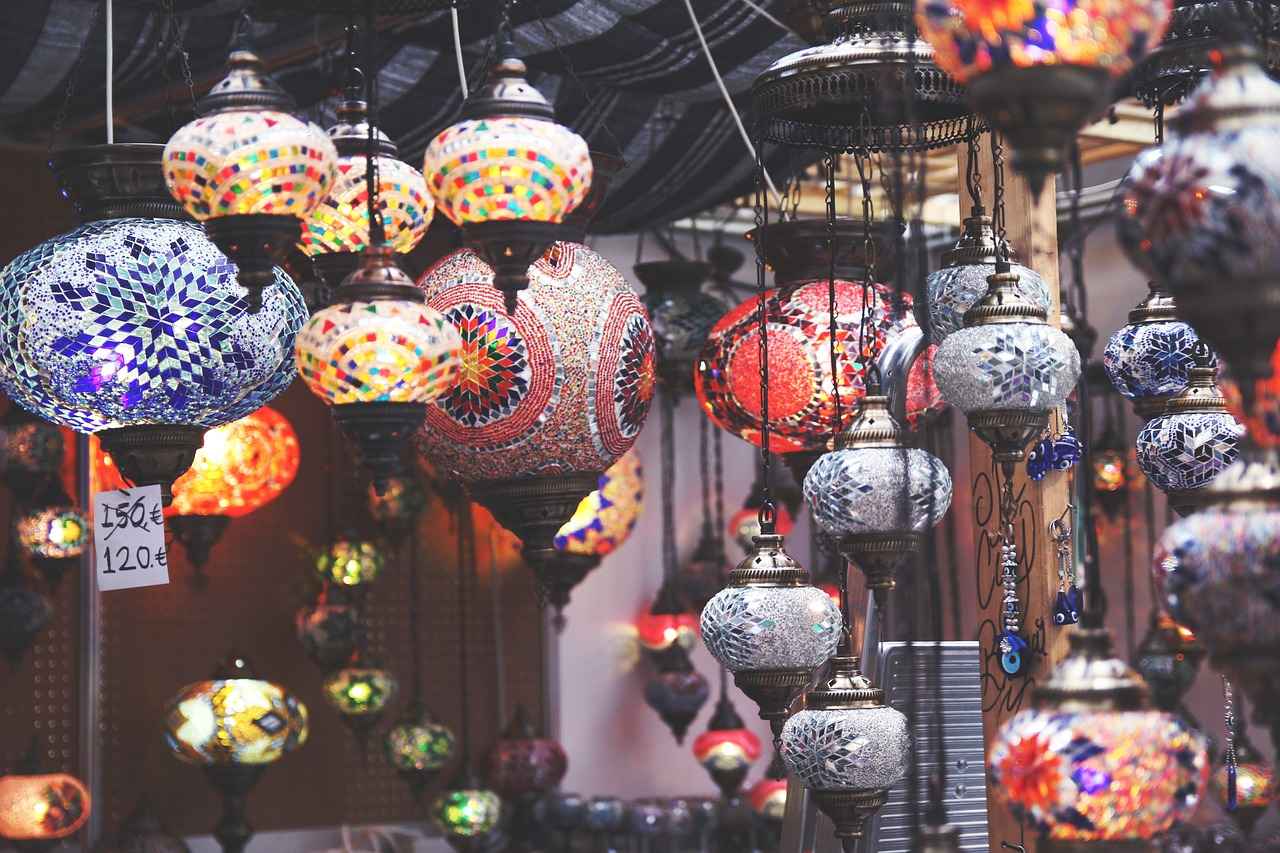This article delves into the art of wearing a kimono, offering insights into styles, accessories, and tips to ensure you stand out at your next Japanese-themed event.
Understanding Different Kimono Styles
Kimonos are available in a variety of styles, each tailored for specific occasions. The main types include:
- Furisode: Characterized by long sleeves, this style is often worn by young women during celebrations.
- Tomesode: A formal kimono with shorter sleeves, typically worn by married women at special events.
- Yukata: A casual summer kimono made from cotton, perfect for festivals and informal gatherings.
Choosing the Right Fabric
The fabric of your kimono plays a crucial role in both its appearance and comfort. Popular materials include:
- Silk: Luxurious and elegant, ideal for formal occasions.
- Cotton: Comfortable and breathable, suitable for casual wear.
- Synthetic Fabrics: Affordable and easy to maintain, a practical choice for beginners.
Accessorizing Your Kimono
Accessories can significantly enhance your kimono look. Key items include:
- Obi: A wide belt that secures the kimono and adds flair.
- Obijime: A decorative cord that adds detail to the obi.
- Zori: Traditional sandals that complete the outfit.
Layering Techniques for Kimonos
Layering can elevate the visual appeal of your kimono. Consider using:
- Undergarments: Such as a nagajuban for added comfort.
- Outer Garments: Like a haori to create a sophisticated look.
Footwear Choices for Kimono Wearers
Choosing the right footwear is essential. Options include:
- Traditional Zori: Perfect for a classic look.
- Modern Alternatives: Stylish flats or heels that offer comfort.
Makeup and Hair Styling Tips
Your makeup and hairstyle should complement your kimono. Tips include:
- Opt for natural makeup that enhances your features.
- Consider traditional hairstyles like a bun or elegant waves.
Kimono Etiquette: Dos and Don’ts
To wear a kimono respectfully, keep in mind:
- Do: Follow traditional dressing practices.
- Don’t: Wear a kimono in casual settings unless it’s a yukata.
Where to Buy or Rent a Kimono
Finding the perfect kimono can be a challenge. Consider:
- Local shops that specialize in traditional garments.
- Online resources for a wider selection.
Kimono Care: Tips for Maintenance
To preserve your kimono’s beauty, remember to:
- Store it properly to avoid wrinkles.
- Handle it gently during cleaning.
Incorporating Modern Trends with Traditional Kimonos
Mixing modern fashion with traditional kimonos can create a unique style. Experiment with:
- Contemporary accessories that add a personal touch.
- Modern cuts that respect the kimono’s heritage.
Attending a Japanese Themed Event: What to Expect
Understanding the atmosphere of a Japanese-themed event is essential. Expect:
- Cultural practices that may vary by region.
- Social norms that emphasize respect and tradition.
Final Thoughts on Wearing a Kimono
Wearing a kimono is a delightful experience that combines tradition with personal expression. Keep these key takeaways in mind:
- Choose the right style and fabric for your event.
- Accessorize thoughtfully to enhance your look.
- Respect the cultural significance of the kimono.

Understanding Different Kimono Styles
Kimonos are a beautiful representation of Japanese culture, and their diverse styles cater to various occasions and personal preferences. In this section, we will explore the primary types of kimonos, including furisode, tomesode, and yukata, each with its distinct characteristics and significance.
- Furisode: This style is characterized by its long sleeves and is typically worn by young, unmarried women. The vibrant colors and intricate patterns make it ideal for formal occasions such as weddings and coming-of-age ceremonies. Furisode symbolizes youth and elegance, making it a popular choice for celebrations.
- Tomesode: In contrast to the furisode, tomesode features shorter sleeves and is usually worn by married women. It often showcases a more subdued color palette, with elegant designs that may include motifs representing good fortune. Tomesode is commonly worn at formal events, such as weddings, where the wearer wishes to convey sophistication and respect.
- Yukata: The yukata is a casual summer kimono made from lightweight cotton, making it perfect for warm weather. It is often worn at festivals and outdoor events, adorned with colorful patterns and designs. Yukata provides a relaxed yet stylish option for those looking to enjoy traditional Japanese attire in a more casual setting.
Each kimono style carries its own cultural significance, and understanding these differences can enhance your appreciation of this beautiful garment. Whether attending a formal event or a summer festival, knowing which kimono to wear will help you embrace the occasion with confidence and grace.
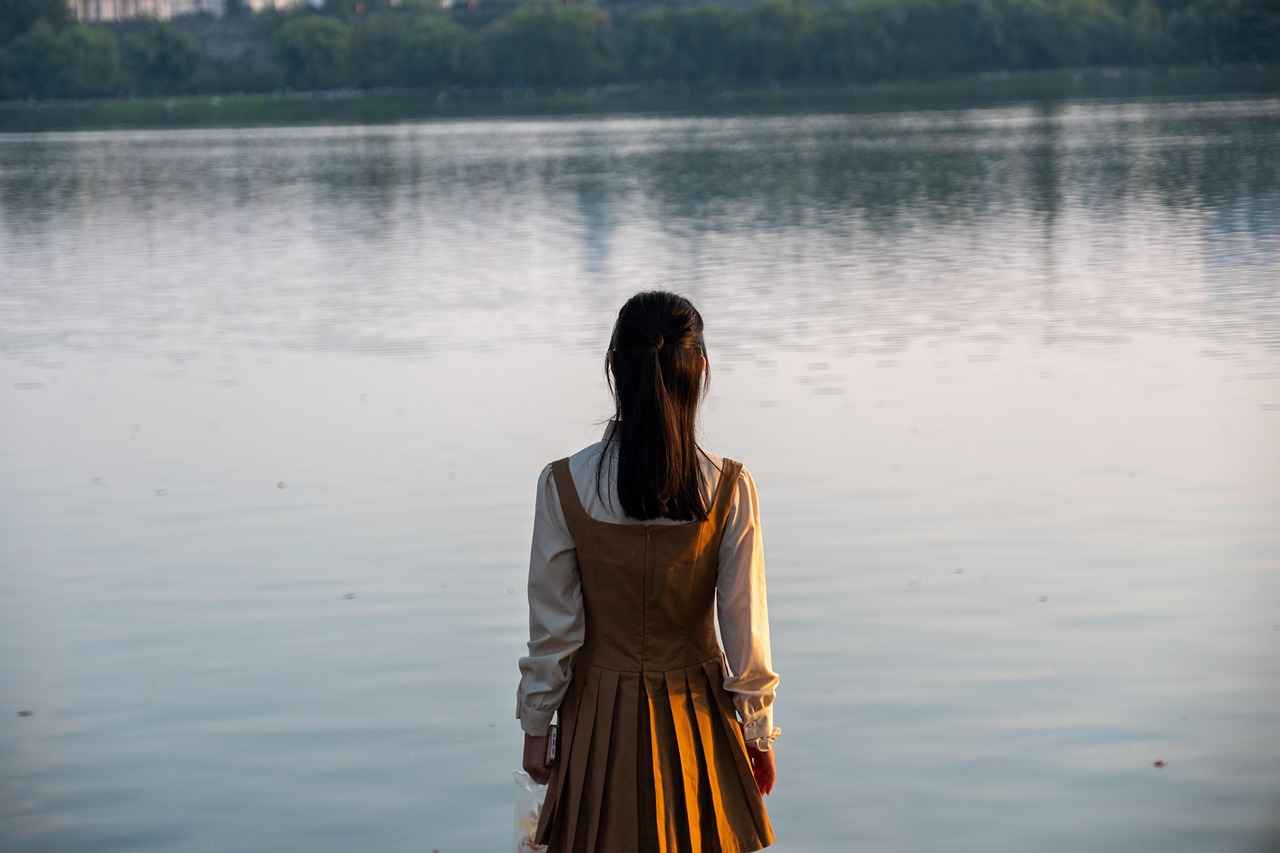
Choosing the Right Fabric
The fabric of a kimono plays a crucial role in determining both its appearance and comfort. When selecting a kimono for a special occasion, understanding the various materials available can help you make an informed choice that aligns with your style and the event’s atmosphere.
- Silk: Known for its luxurious feel and elegant drape, silk is a traditional fabric often used for formal kimonos. It is lightweight and breathable, making it ideal for both summer and winter events. However, silk can be more expensive and requires careful maintenance to preserve its quality.
- Cotton: A popular choice for casual kimonos, cotton is durable and easy to care for. It offers a more relaxed look and is perfect for summer festivals or informal gatherings. Cotton kimonos come in a variety of prints and colors, allowing for vibrant personal expression.
- Synthetic Fabrics: These materials, such as polyester, are often used for budget-friendly kimonos. They can mimic the appearance of silk or cotton while being more resistant to wrinkles and stains. Synthetic fabrics are great for those seeking a low-maintenance option.
When choosing the best fabric for your event, consider the following:
- Event Formality: Opt for silk for formal occasions and cotton for casual ones.
- Season: Lightweight fabrics are preferable in warmer months, while heavier materials can provide warmth during colder seasons.
- Personal Comfort: Ensure the fabric feels comfortable against your skin, as you’ll be wearing it for an extended period.
Ultimately, the right fabric can enhance your overall kimono experience, ensuring you not only look great but also feel confident and comfortable throughout your event.
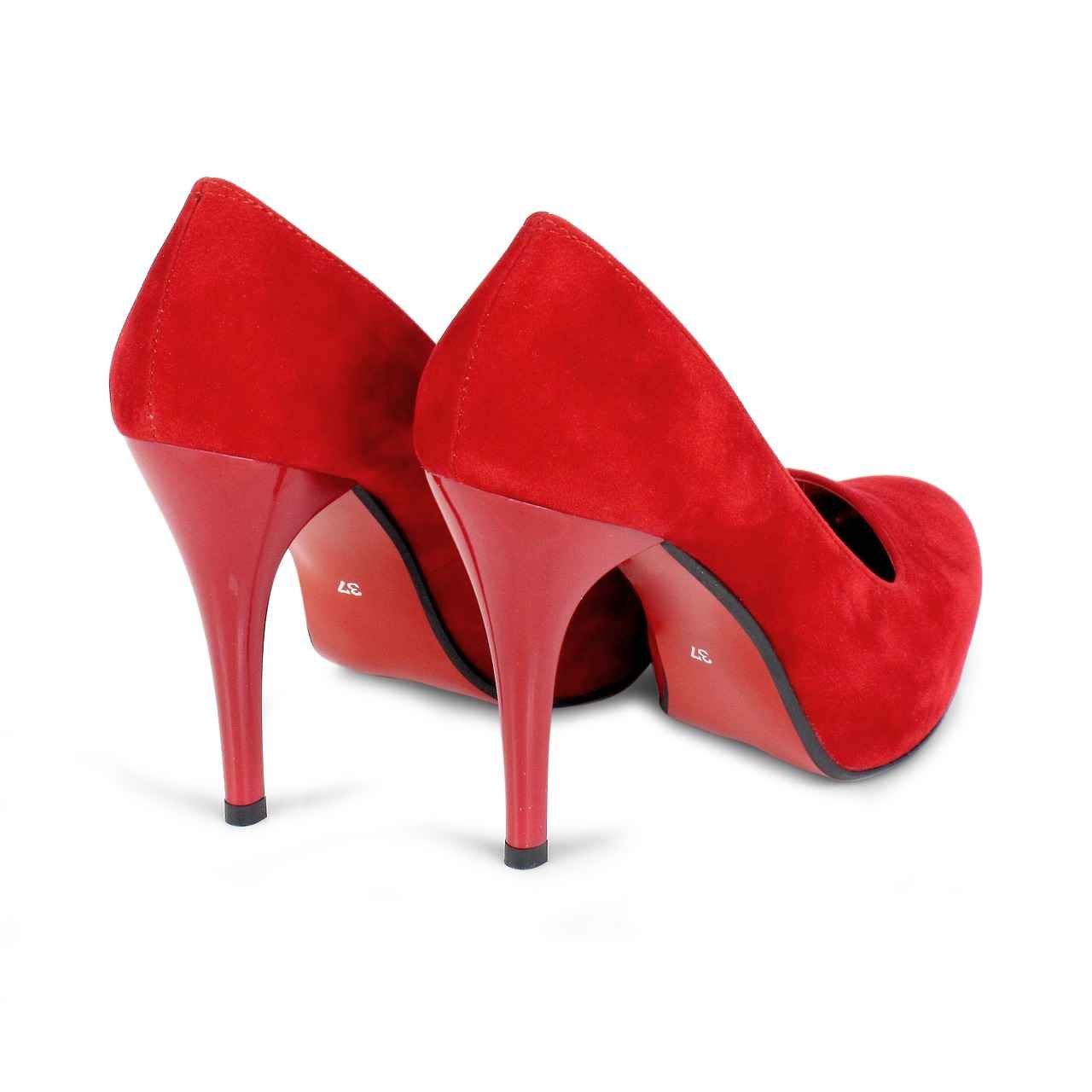
Accessorizing Your Kimono
When it comes to wearing a kimono, accessories play a crucial role in elevating your overall look. The right accessories not only enhance the aesthetic appeal of your outfit but also allow for personal expression. Here, we will explore some essential accessories that can complement your kimono beautifully.
- Obi: The obi is a wide belt that wraps around the waist and is an essential component of kimono attire. It comes in various styles and materials, such as silk and cotton. A well-chosen obi can add a pop of color and texture to your ensemble, making it stand out.
- Obijime: This decorative cord is tied around the obi, adding an elegant touch. Obijime can be found in numerous colors and patterns, allowing you to coordinate it with your kimono. Choosing a contrasting color can create a striking effect, while a matching hue can provide a more cohesive look.
- Zori: Traditional zori are sandals made from rice straw or synthetic materials. They are designed to be worn with kimono and are available in many styles. Selecting the right zori not only ensures comfort but also complements the overall aesthetic of your outfit.
- Haneri: This is a decorative collar that can be attached to the kimono. Haneri adds a layer of sophistication and can be easily changed to match different kimonos. Opting for a vibrant or patterned haneri can enhance the visual appeal of your look.
- Obiage and Obijimi: These are additional layers of fabric that can be tucked into the obi. They can be used to add texture and color, providing further opportunities to personalize your outfit.
Incorporating these accessories allows you to express your unique style while honoring the traditional elements of kimono fashion. Remember, the key is to balance your accessories so that they complement rather than overwhelm your kimono.

Layering Techniques for Kimonos
Layering is an art form that can significantly enhance the visual appeal of your kimono. By carefully selecting and combining various garments, you can create a sophisticated and stylish look that stands out at any event. Here are some effective layering techniques to consider:
- Start with Undergarments: Choose a comfortable and breathable undergarment, such as a juban, which is traditionally worn under the kimono. This not only protects the kimono but also adds an extra layer of elegance.
- Incorporate a Kimono Jacket: Adding a haori (a traditional kimono jacket) can elevate your outfit. It provides warmth and style, making it perfect for cooler weather or evening events.
- Experiment with Different Lengths: Mix and match the lengths of your garments. A longer kimono paired with a shorter haori can create an interesting silhouette that draws attention.
- Utilize Color and Patterns: Play with color combinations and patterns. A patterned kimono can be beautifully complemented by a solid-colored jacket, creating a balanced and visually appealing ensemble.
- Accessorize Wisely: Incorporate accessories like obi (sashes) and obijime (decorative cords) to add depth to your layered look. These elements can tie your outfit together and add a personal touch.
By mastering these layering techniques, you can transform your kimono into a stunning fashion statement that reflects your unique style. Remember, the key to successful layering is to maintain harmony in colors, patterns, and textures while ensuring comfort and ease of movement.

Footwear Choices for Kimono Wearers
When it comes to wearing a kimono, footwear choices play a significant role in defining your overall look and comfort. The right pair of shoes not only complements the kimono but also enhances your confidence as you move through the event. Below, we explore various options, from traditional to modern, ensuring you find the best fit for your style.
- Zori: These traditional Japanese sandals are made from rice straw or other materials. Zori are typically worn with a yukata or a formal kimono. They come in various styles, including flat and elevated, and are often paired with tabi socks, which feature a split toe design.
- Geta: Another traditional choice, geta are wooden sandals that provide a unique aesthetic. They are elevated and often worn during festivals or casual outings. The sound of geta on pavement adds a rhythmic charm to your steps.
- Western Shoes: For those looking for comfort, modern alternatives such as low-heeled shoes or stylish flats can be a great choice. These options provide ease of movement while still looking chic when paired with a kimono.
- Heels: If you prefer a more elegant look, opting for a pair of modest heels can elevate your ensemble. Choose heels that are not too high to maintain comfort throughout the event.
When selecting footwear, consider the occasion and the style of your kimono. Traditional footwear often enhances the authenticity of your look, while modern options can provide a fresh twist. Ultimately, the best choice is one that balances both style and comfort, allowing you to enjoy your experience fully.
Remember, the right footwear can transform your kimono outfit from ordinary to extraordinary, making you feel confident and stylish as you celebrate Japanese culture.
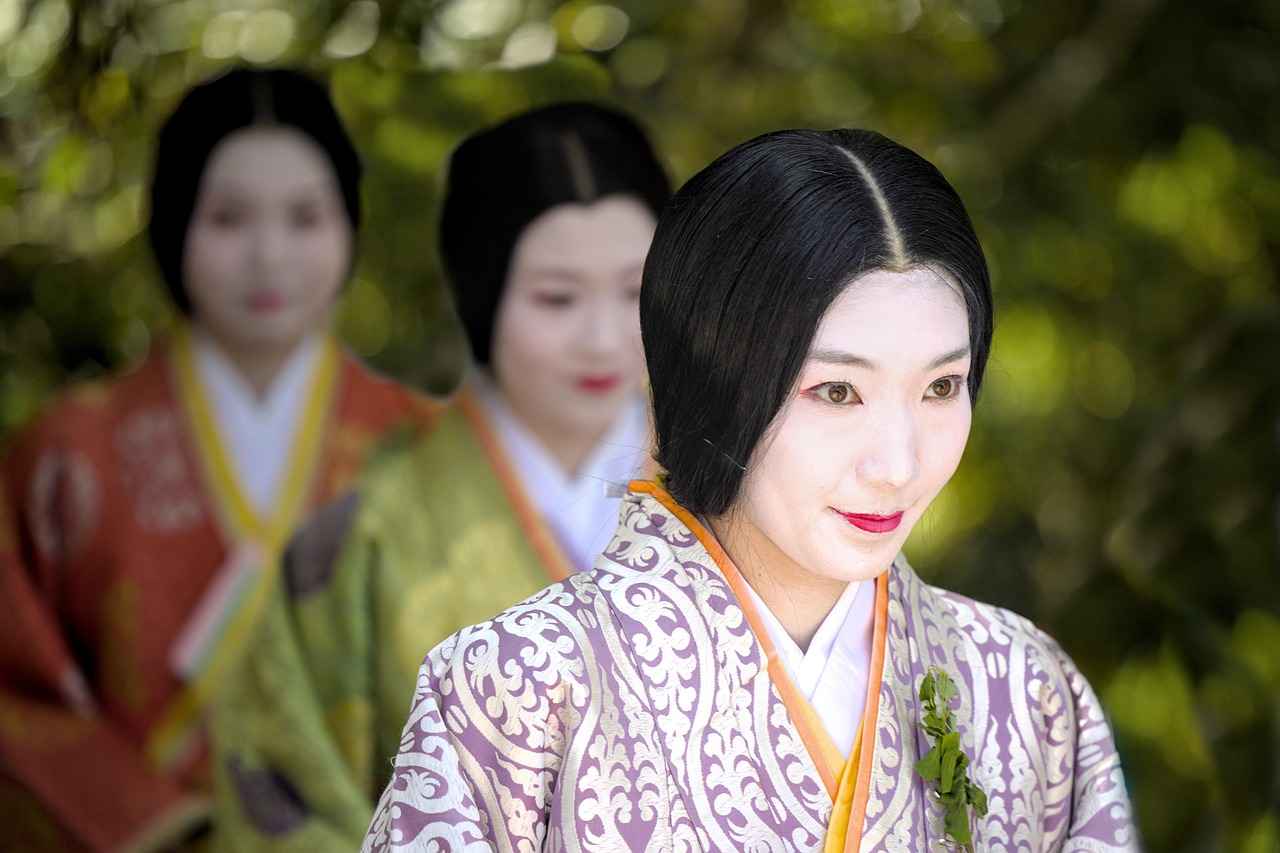
Makeup and Hair Styling Tips
When it comes to wearing a kimono, your makeup and hairstyle play a crucial role in creating a cohesive and elegant look. The right choices can enhance the traditional aesthetic of the kimono, allowing you to embrace the beauty of this cultural garment fully. Here are some essential tips to help you select the perfect makeup styles and hairstyles that harmonize with your kimono.
- Makeup Palette: Opt for a makeup palette that complements the colors of your kimono. Soft, natural tones work well with pastel kimonos, while bolder shades can enhance vibrant patterns. Consider using blush and lip color that reflect the hues of your garment.
- Eye Makeup: For eye makeup, a classic look often includes subtle eyeliner and a touch of mascara. If your kimono has intricate patterns, keep your eye makeup minimal to avoid overwhelming the overall look. A hint of shimmer on the eyelids can add a touch of elegance.
- Hairstyles: Traditional hairstyles, such as a geisha-inspired updo or a simple bun, are perfect for complementing a kimono. These styles not only enhance the traditional aesthetic but also keep your hair neatly styled throughout the event.
- Accessories: Incorporate hair accessories like kanzashi (Japanese hair ornaments) to add a decorative touch to your hairstyle. These can be chosen to match the colors or themes of your kimono, enhancing your overall appearance.
- Skin Care: Prioritize skin care before applying makeup. A smooth, well-moisturized complexion allows makeup to sit better and look more radiant. Don’t forget to use a good primer to ensure longevity.
In conclusion, harmonizing your makeup and hairstyle with your kimono is essential for achieving a polished and traditional look. By following these tips, you can ensure that your overall appearance reflects the beauty and grace of this exquisite garment.
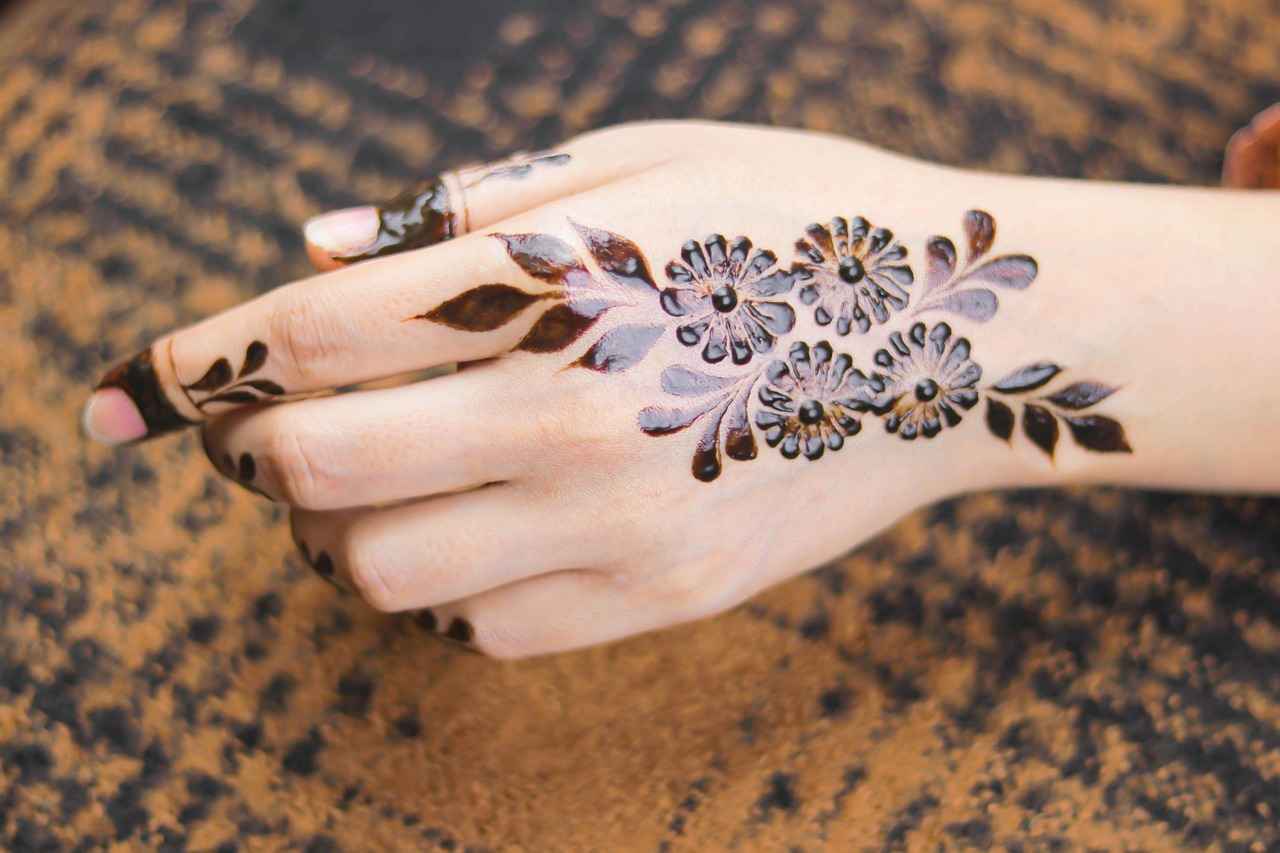
Kimono Etiquette: Dos and Don’ts
Wearing a kimono is not just about donning a beautiful garment; it also involves understanding the cultural significance and etiquette that come with it. To honor the traditions associated with this exquisite attire, it is essential to be aware of the dos and don’ts when wearing a kimono.
| Dos | Don’ts |
|---|---|
| Do wear the kimono with the left side over the right, as this is the proper way to dress for living individuals. | Don’t wear the kimono with the right side over the left, as this is reserved for dressing the deceased. |
| Do ensure that the kimono fits well and is properly adjusted to your body shape. | Don’t wear a kimono that is too tight or too loose, as this can detract from the garment’s elegance. |
| Do choose appropriate accessories, such as a well-matched obi and zori sandals, to complement your outfit. | Don’t over-accessorize or choose items that clash with the traditional aesthetic. |
| Do maintain a respectful demeanor while wearing a kimono, as it reflects your appreciation for Japanese culture. | Don’t engage in overly casual behavior that could be seen as disrespectful. |
| Do take care to properly fold and store your kimono after wearing it to preserve its beauty. | Don’t leave your kimono crumpled or in a damp place, as this can cause damage. |
By adhering to these guidelines, you can ensure that you wear your kimono with the respect and appreciation it deserves. Remember, a kimono is not just clothing; it is a symbol of tradition and culture.
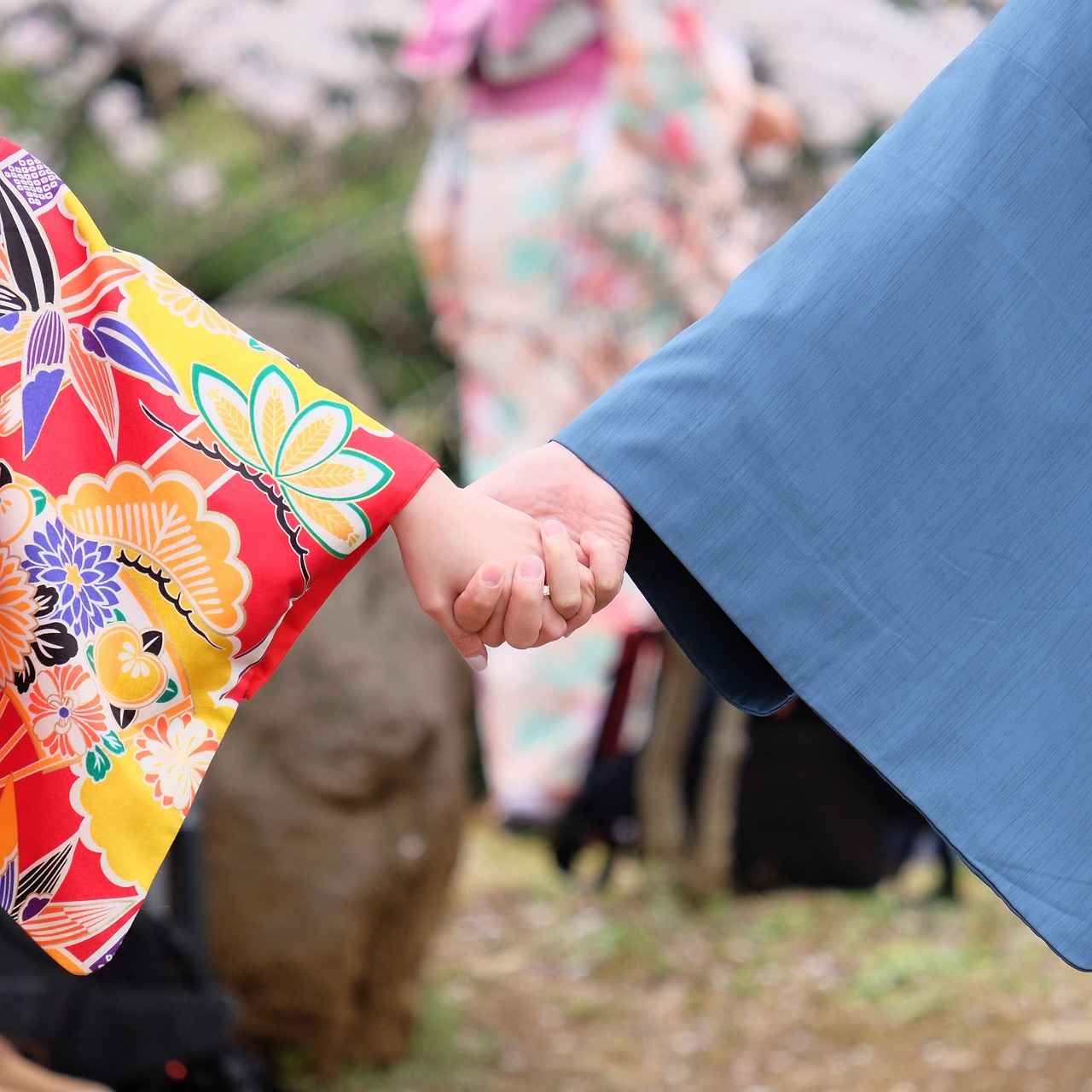
Where to Buy or Rent a Kimono
Finding the perfect kimono can be a daunting task, especially with the vast array of styles, sizes, and fabrics available. This section aims to provide you with comprehensive guidance on where to buy or rent kimonos, ensuring you can find the ideal garment for your needs.
First and foremost, consider local shops. Many cities have specialty stores that focus on traditional Japanese clothing. These shops often carry a range of kimonos, from casual yukatas to more formal furisodes. Visiting a local shop allows you to try on different styles and receive personalized assistance from knowledgeable staff. Additionally, you can often find unique, handmade pieces that are not available online.
For those who prefer the convenience of shopping from home, online resources offer a plethora of options. Websites such as Etsy feature numerous sellers who offer both new and vintage kimonos. This platform is ideal for finding one-of-a-kind pieces that reflect your personal style. Other online retailers, like Amazon, provide a wide selection, allowing you to filter by size, color, and style, making it easier to find the perfect match.
If you are looking to wear a kimono for a short period, consider renting. Many rental services specialize in traditional attire for events such as weddings, festivals, or themed parties. Companies like Kimono Rental offer a variety of options, including accessories, ensuring you have everything you need for the occasion.
Lastly, don’t forget to explore second-hand shops or thrift stores. You might be surprised by the hidden gems you can find, often at a fraction of the cost of new garments. This sustainable option not only saves money but also allows you to own a piece of history.
In summary, whether you choose to buy from local shops, explore online resources, rent for a special occasion, or hunt for treasures in thrift stores, there are numerous avenues to find the perfect kimono. Embrace the journey and enjoy the process of selecting this beautiful piece of cultural attire.
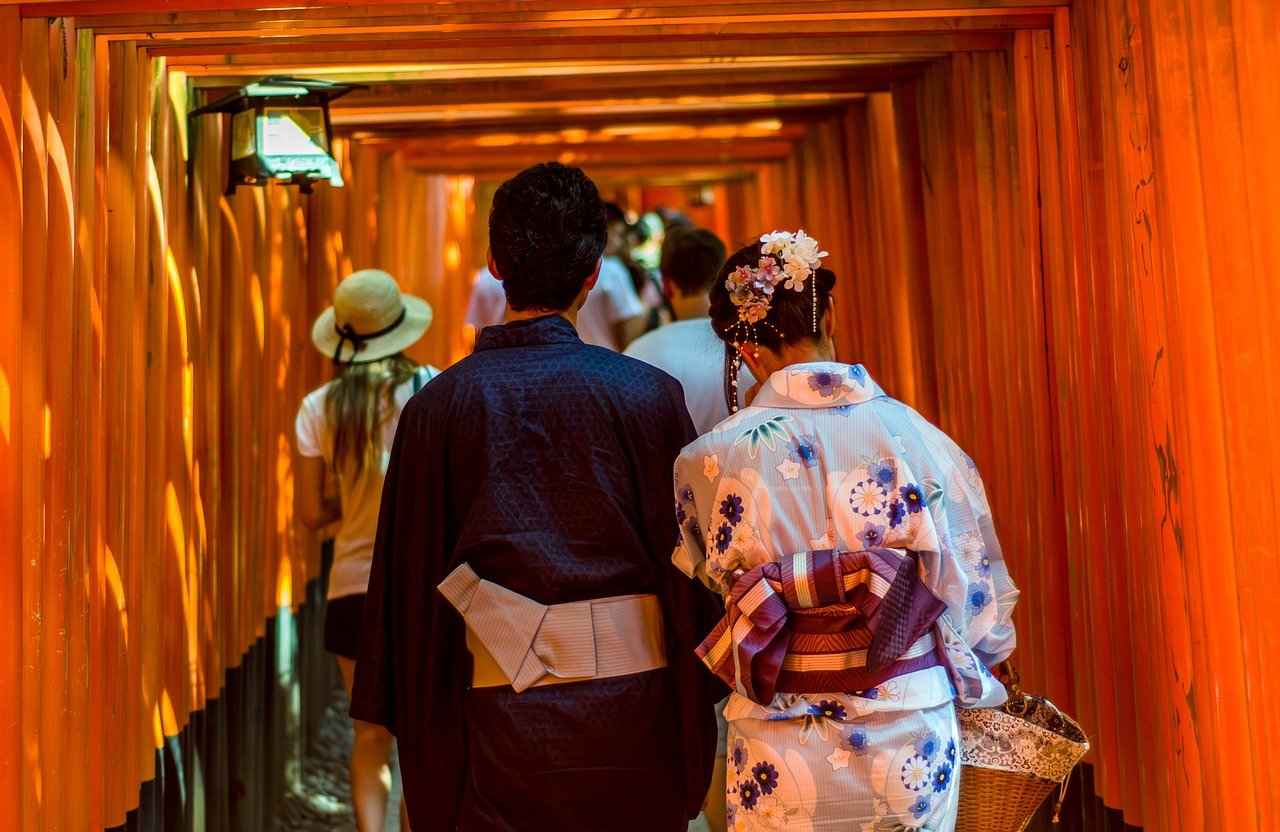
Kimono Care: Tips for Maintenance
Caring for a kimono is essential to maintain its exquisite beauty and longevity. As a traditional garment, a kimono requires special attention to detail to preserve its fabric and intricate designs. Here are some essential maintenance tips to help you keep your kimono in pristine condition.
- Washing: Always check the care label before washing your kimono. Most kimonos are made of delicate fabrics like silk, which may require dry cleaning. If washing at home, use cold water and a gentle detergent, and avoid wringing or twisting the fabric to prevent damage.
- Storing: Proper storage is crucial. Hang your kimono on a padded hanger or fold it neatly and place it in a breathable cotton garment bag. Avoid plastic bags, as they can trap moisture and lead to mold growth. Store in a cool, dry place away from direct sunlight.
- Handling: When wearing or handling your kimono, ensure your hands are clean and dry. Avoid wearing jewelry that could snag the fabric. Additionally, be mindful of your surroundings to prevent spills or dirt from damaging your garment.
- Regular Inspections: Periodically check for any signs of wear or damage. Look for loose threads, stains, or fading. Addressing these issues promptly can prevent more extensive damage in the future.
- Professional Care: For valuable or vintage kimonos, consider seeking professional cleaning and restoration services. Experts can provide the best care for delicate fabrics and intricate designs.
By following these maintenance tips, you can ensure that your kimono remains a beautiful representation of Japanese culture for years to come. Remember, a well-cared-for kimono not only enhances your appearance but also honors the craftsmanship and tradition behind this elegant garment.

Incorporating Modern Trends with Traditional Kimonos
Blending modern fashion trends with traditional kimonos allows for a unique and expressive style that respects the rich heritage of this iconic garment. As fashion evolves, so too can our interpretation of traditional clothing, creating a harmonious balance between the past and the present.
One effective way to incorporate contemporary elements is through the use of bold colors and patterns. While traditional kimonos often feature subdued colors and intricate patterns, modern fabrics can introduce vibrant hues and graphic designs. For instance, pairing a classic kimono with a brightly colored obi can create a striking contrast that captures attention.
Another approach is to experiment with layering techniques. Modern layering can involve wearing a kimono over a casual outfit, such as a fitted turtleneck and jeans. This not only maintains the kimono’s elegance but also adds a casual twist that can be perfect for everyday wear or informal events.
Accessories play a crucial role in this fusion. Consider adding contemporary jewelry, such as statement earrings or a chunky bracelet, to enhance the traditional look. Footwear can also be adapted; while traditional zori sandals are beautiful, modern alternatives like stylish ankle boots or sleek sneakers can add a fresh vibe.
When it comes to makeup and hairstyles, opt for a modern twist that complements the kimono. A sleek bun or a trendy ponytail can modernize your appearance while still honoring the traditional aesthetic of the kimono.
Ultimately, the key to successfully blending modern trends with traditional kimonos lies in respecting the garment’s heritage while allowing your personal style to shine through. By thoughtfully integrating contemporary elements, you can create a look that is not only fashionable but also deeply rooted in cultural appreciation.
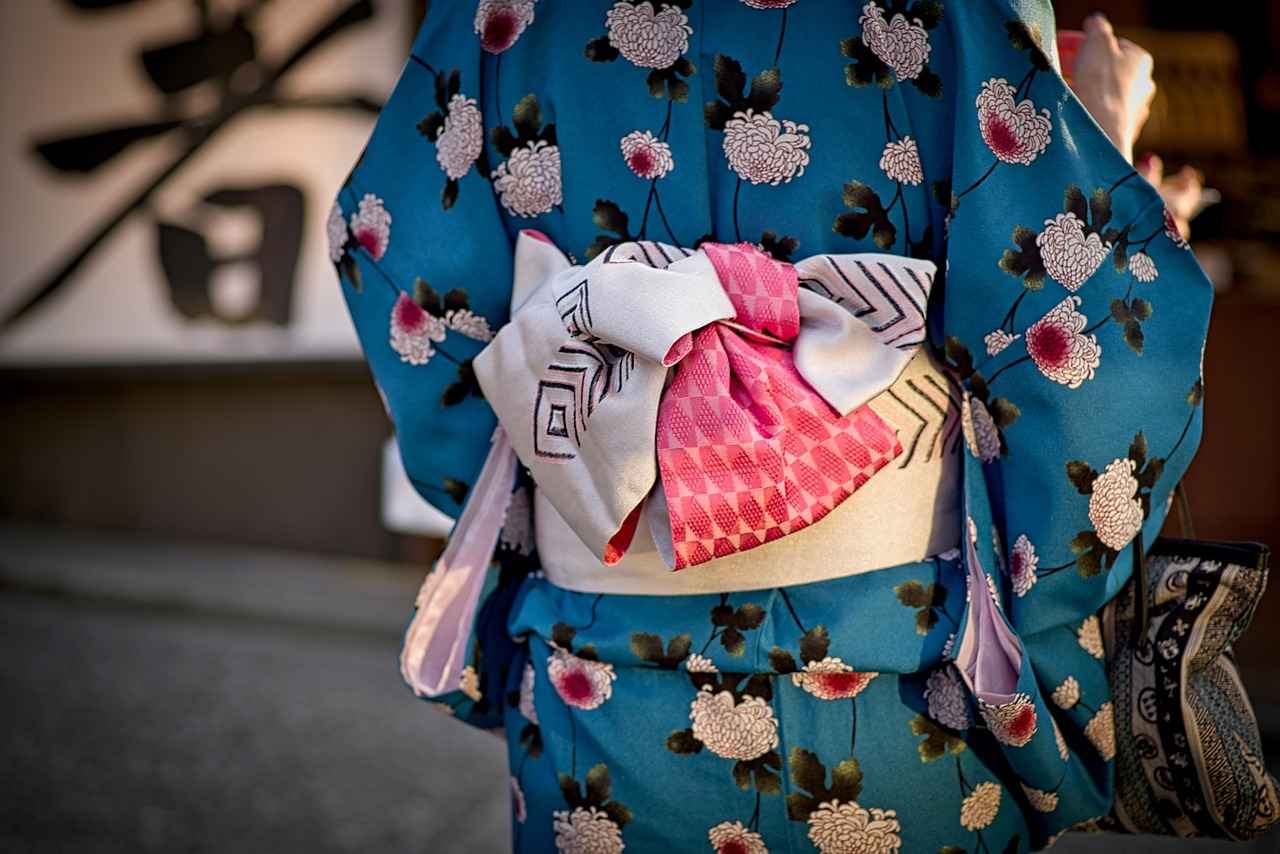
Attending a Japanese Themed Event: What to Expect
Attending a Japanese-themed event can be an exciting and enriching experience. Understanding the atmosphere and cultural nuances is essential for fully enjoying your time and showing respect for the traditions being celebrated. This section outlines what to expect, including significant cultural practices and social norms.
First and foremost, it is important to recognize that Japanese culture is steeped in history and tradition. Events may include elements of tea ceremonies, traditional music, and dance performances, which create a unique ambiance. Attendees should be prepared to engage with these practices respectfully.
- Dress Code: Wearing appropriate attire is crucial. If you choose to wear a kimono, ensure that it is worn correctly, as this shows respect for the culture. If you are unsure, consider asking the event organizers for guidance.
- Greetings: Bowing is a common form of greeting in Japan. A slight bow while saying hello can go a long way in showing appreciation for the culture.
- Dining Etiquette: If food is served, be aware of table manners. For instance, it is considered polite to say “itadakimasu” before eating and “gochisousama deshita” after finishing your meal.
Additionally, conversations at these events may focus on topics like art, history, and philosophy. Be prepared to engage in discussions that reflect the depth of Japanese culture. Avoid controversial subjects, as maintaining harmony is highly valued.
In conclusion, attending a Japanese-themed event is not just about enjoying the festivities; it’s also about immersing yourself in a culture rich with traditions and values. By being mindful of the practices and norms outlined above, you can ensure that your experience is both enjoyable and respectful.
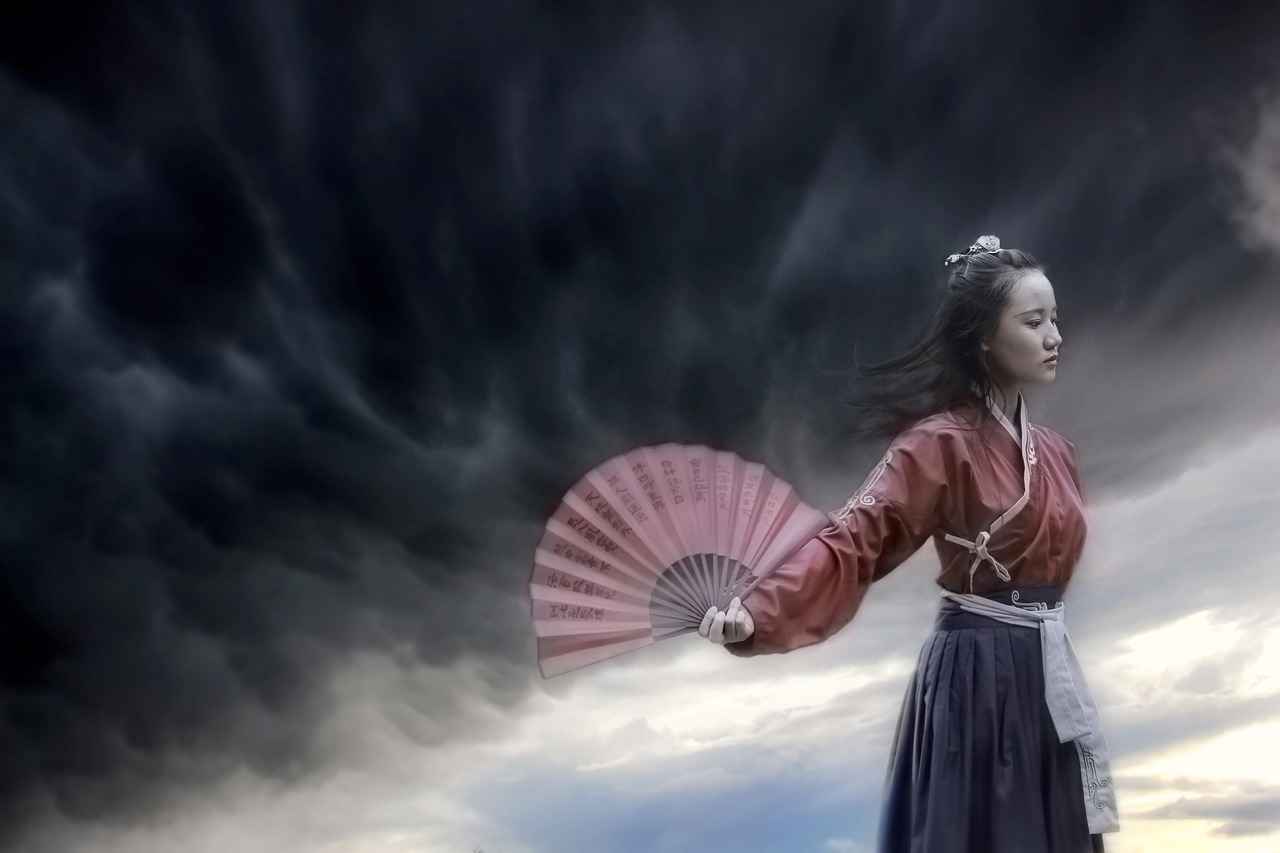
Final Thoughts on Wearing a Kimono
Wearing a kimono is a delightful experience that beautifully intertwines tradition with personal expression. This elegant garment is not just a piece of clothing; it represents centuries of culture and artistry. When you don a kimono, you are stepping into a rich heritage that has evolved over time, allowing for individual style while honoring its origins.
One of the most important aspects of wearing a kimono is understanding the different styles available. Whether you choose a furisode for a formal occasion or a yukata for a summer festival, each type has its own significance and aesthetic appeal. The fabric you select also plays a crucial role; silk offers a luxurious feel, while cotton provides comfort and breathability.
Accessorizing your kimono can elevate your look significantly. Essential accessories such as obi, obijime, and zori not only enhance your outfit but also allow for personal flair. Consider layering techniques to add depth to your ensemble, and don’t forget about the importance of appropriate footwear to complete your look.
Makeup and hairstyle should harmonize with your kimono choice. Opt for soft, elegant styles that complement the overall aesthetic without overshadowing the garment itself. Additionally, understanding kimono etiquette is vital; knowing the dos and don’ts ensures you wear your kimono with respect and grace.
As you prepare for your next event, remember these key takeaways:
- Choose the right style and fabric based on the occasion.
- Accessorize thoughtfully to reflect your personal style.
- Pay attention to makeup and hair for a cohesive look.
- Embrace the cultural significance of the kimono to enhance your experience.
In conclusion, wearing a kimono is not just about fashion; it’s about embracing a cultural legacy while expressing your individuality. With the right preparation and understanding, you can truly rock your kimono at any event.
Frequently Asked Questions
- What is the difference between a furisode and a yukata?
The furisode is a formal kimono for young women, characterized by its long sleeves and vibrant colors, typically worn during special occasions. On the other hand, a yukata is a casual summer kimono made of lightweight cotton, perfect for festivals or hot weather.
- How do I choose the right fabric for my kimono?
When selecting a kimono, consider the occasion and season. Silk is luxurious and ideal for formal events, while cotton is breathable and suitable for casual outings. Synthetic fabrics can be a budget-friendly alternative, offering a variety of designs and colors.
- What accessories are essential for wearing a kimono?
Key accessories include the obi (sash), obijime (decorative cord), and zori (footwear). These elements not only enhance your outfit but also allow for personal expression, so don’t be afraid to mix and match!
- Is there specific etiquette I should follow when wearing a kimono?
Absolutely! It’s important to respect the traditions associated with kimonos. Always wear your kimono left over right, avoid stepping on the hem, and be mindful of how you sit and move to maintain the garment’s elegance.
- Where can I rent or buy a kimono?
You can find kimonos at local specialty shops, online retailers, or even rental services that cater to special occasions. Be sure to check for quality and fit to ensure you look your best!
